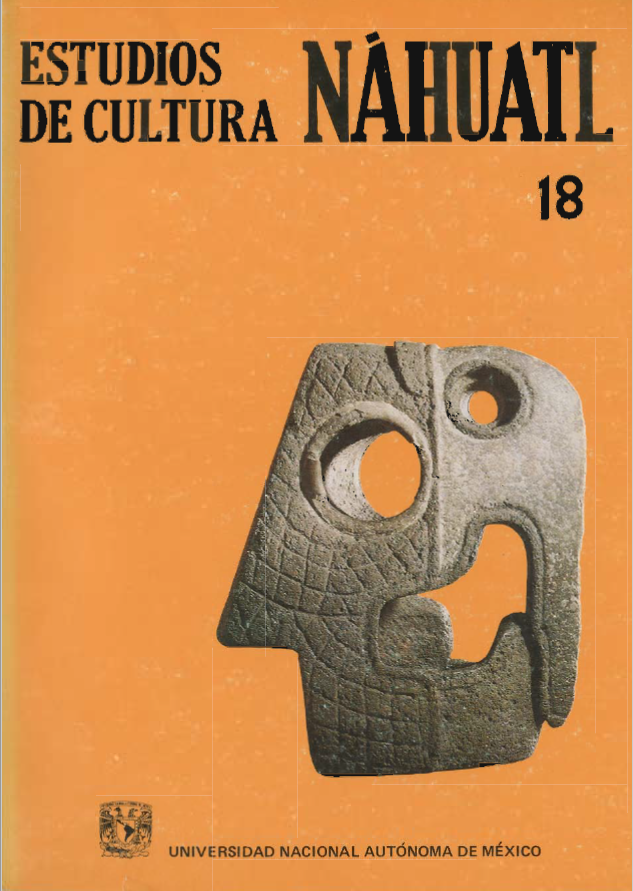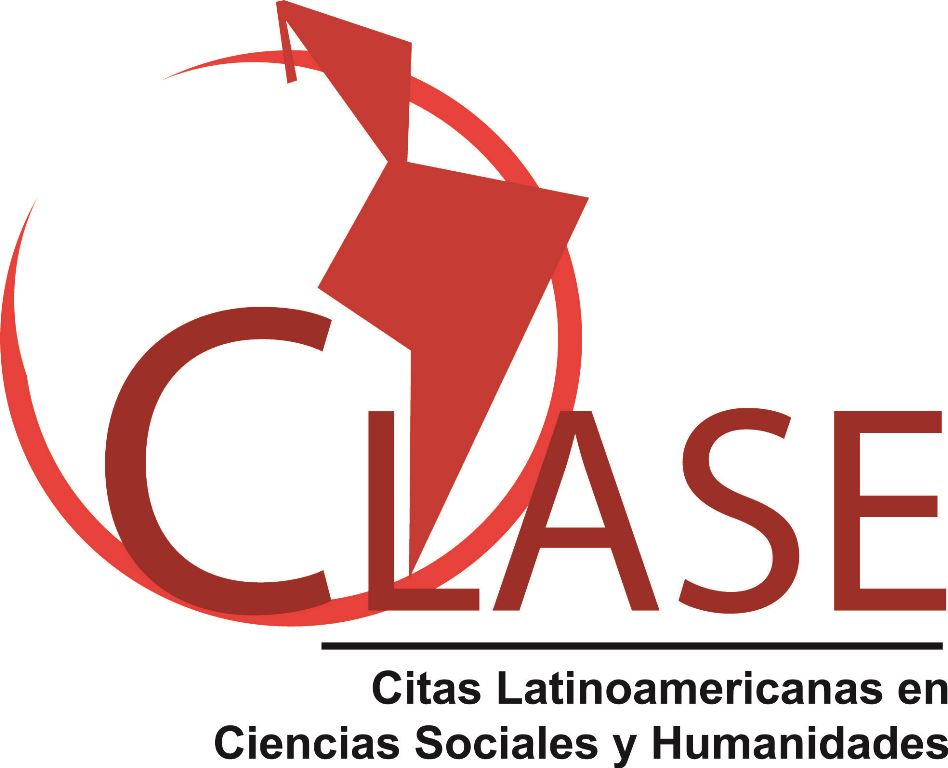Resumen
Fray Bernardino de Sahagún's Psalmodia christiana (1583) was the only component of his massive ethnographic and doctrinal corpus to be published during the friar's lifetime. Its purpose, as Sahagún states in his prologue to the book, was to adapt the Nahuas' custom of praising their deities through song to the colonial situation by replacing their old songs with new ones of Christian content. To Sahagún the traditional songs, the esoteric language of which was incomprehensible to him and his fellow friars, resembled a forest of thick brambles planted by the devil to conceal his worship. In 1576 he observed that Indians continued to sing sorne of the old songs, as well as others that they had composed after conversion in which Christian elements were mixed with many "errors and heresies". But since the custom of singing praises was in itself laudable, Sahagún sought to change the songs rather than to eliminate the custom.
Cómo citar
Licencia
Derechos de autor 1986 Universidad Nacional Autónoma de México. Instituto de Investigaciones Históricas

Esta obra está bajo una licencia internacional Creative Commons Atribución-NoComercial-SinDerivadas 4.0.
- Resumen visto - 77 veces
- PDF descargado - 354 veces


 Estudios de Cultura Náhuatl se encuentra bajo una
Estudios de Cultura Náhuatl se encuentra bajo una 








